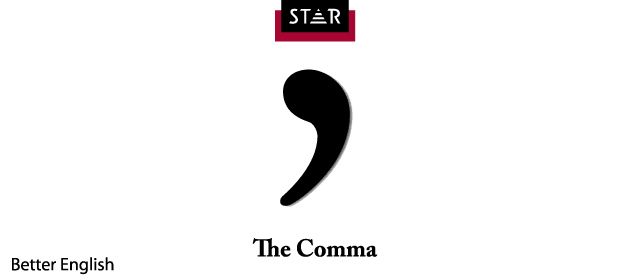How to use the Comma in English | Basic Comma Rules

Basic comma rules in the English language
Place a comma before: and (conjunction), but (conjunction), for (preposition), or (conjunction), nor (adverb and conjunction), so (adverb), and yet (adverb) when they connect two independent clauses1.
Examples of comma usage
- E.g. She hit the shot, and he cheered for her.
Separate three or more items in a series with a comma.
- E.g. We want to protect cats, dogs, and horses.
Place a comma after an introductory phrase.
- E.g. Because I was hungry, I bought a hamburger.
Set off interrupters with pairs of commas, pairs of em dashes, or pairs of parentheses.
- The hamburger, hot and juicy, tasted great
- The hamburger — flamed grilled on the BBQ — tasted great
- The hamburger, which was hot and juicy tasted great
- The hamburger (made from ground beef and tofu) tasted great
Place commas around the name of a person or group spoken to.
- E.g. I hope, Julia, that you’re going with me.
Place commas around an expression that interrupts the sentence.
- E.g. We took our fishing rods, therefore, and got into the boat.
*Clause: a grammatical unit next below a sentence in rank and said to consist of a subject and a predicate.
Other articles you might find interesting are:
Medical Miscommunications using Machine Translation
What is the difference between who’s and whose?
What is the difference between unlawful and illegal?
What is the correct abbreviation for Doctor?
